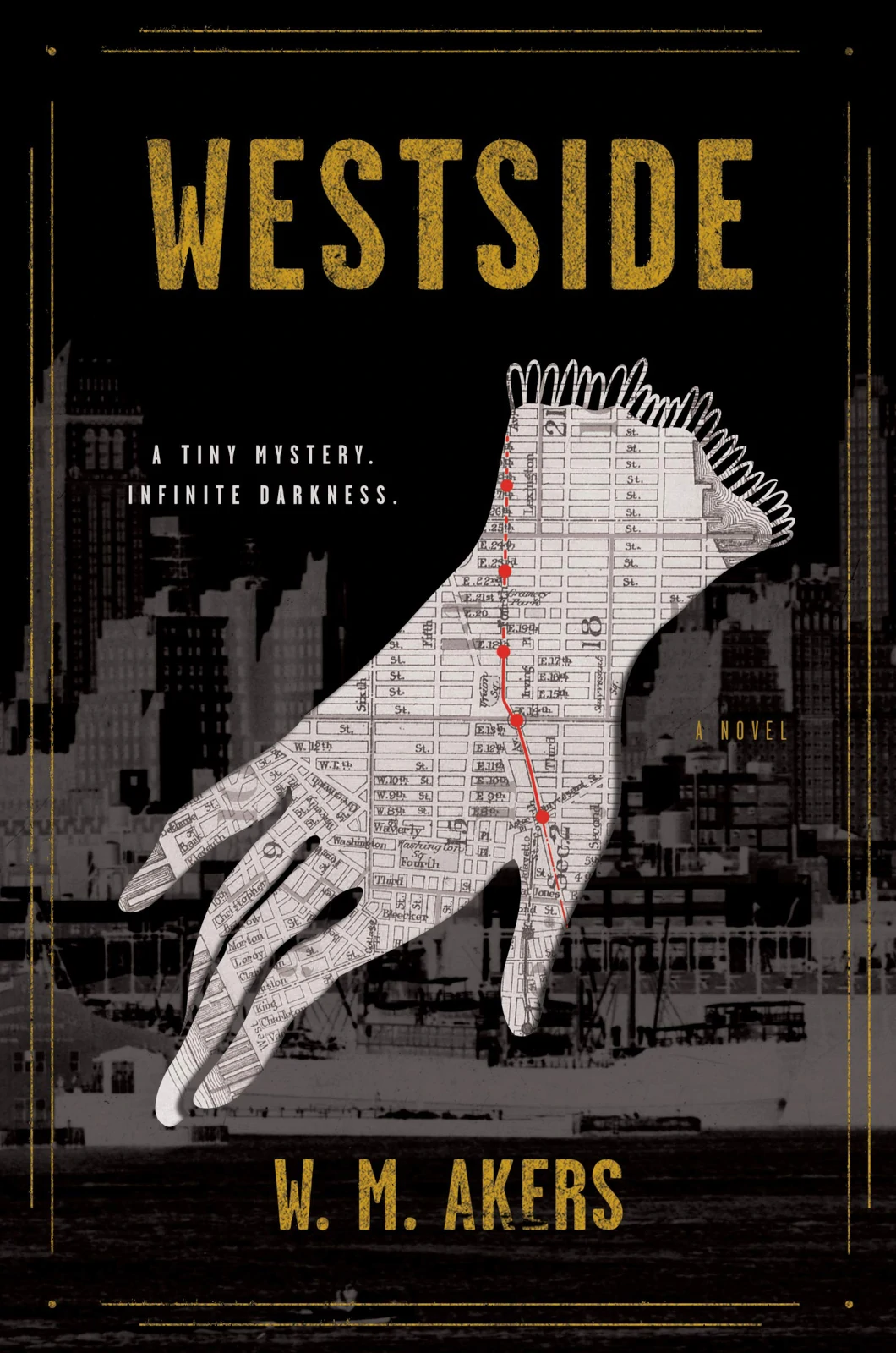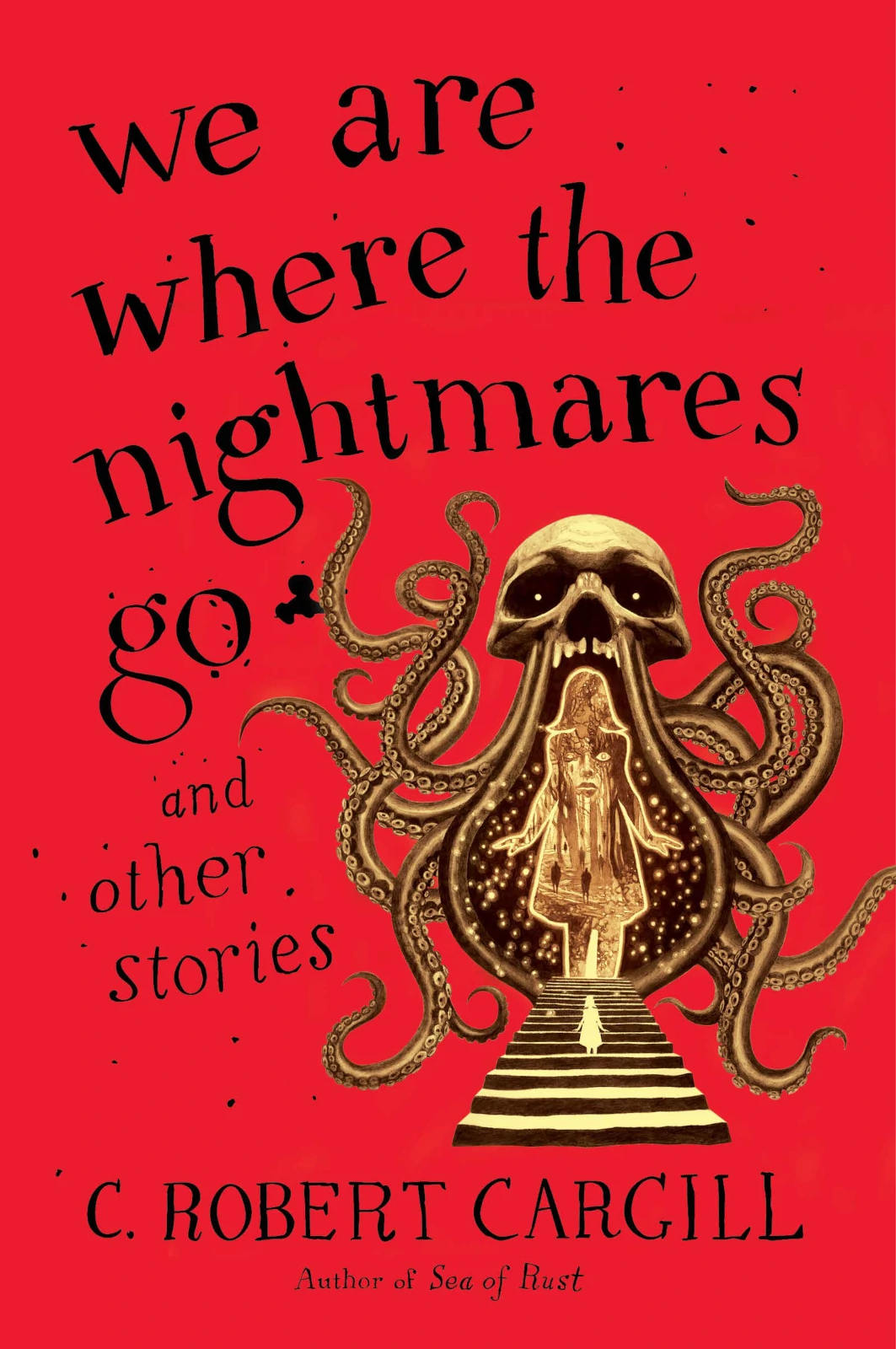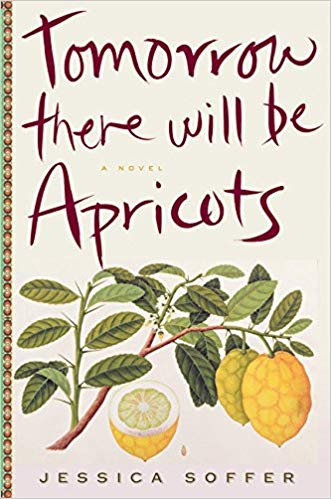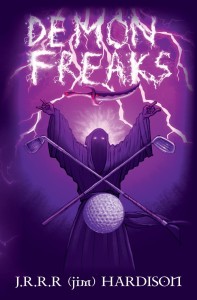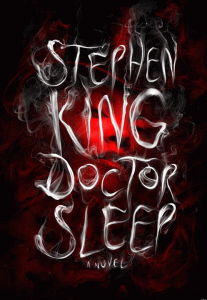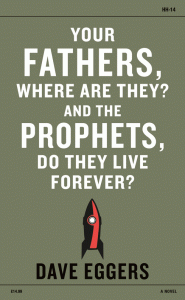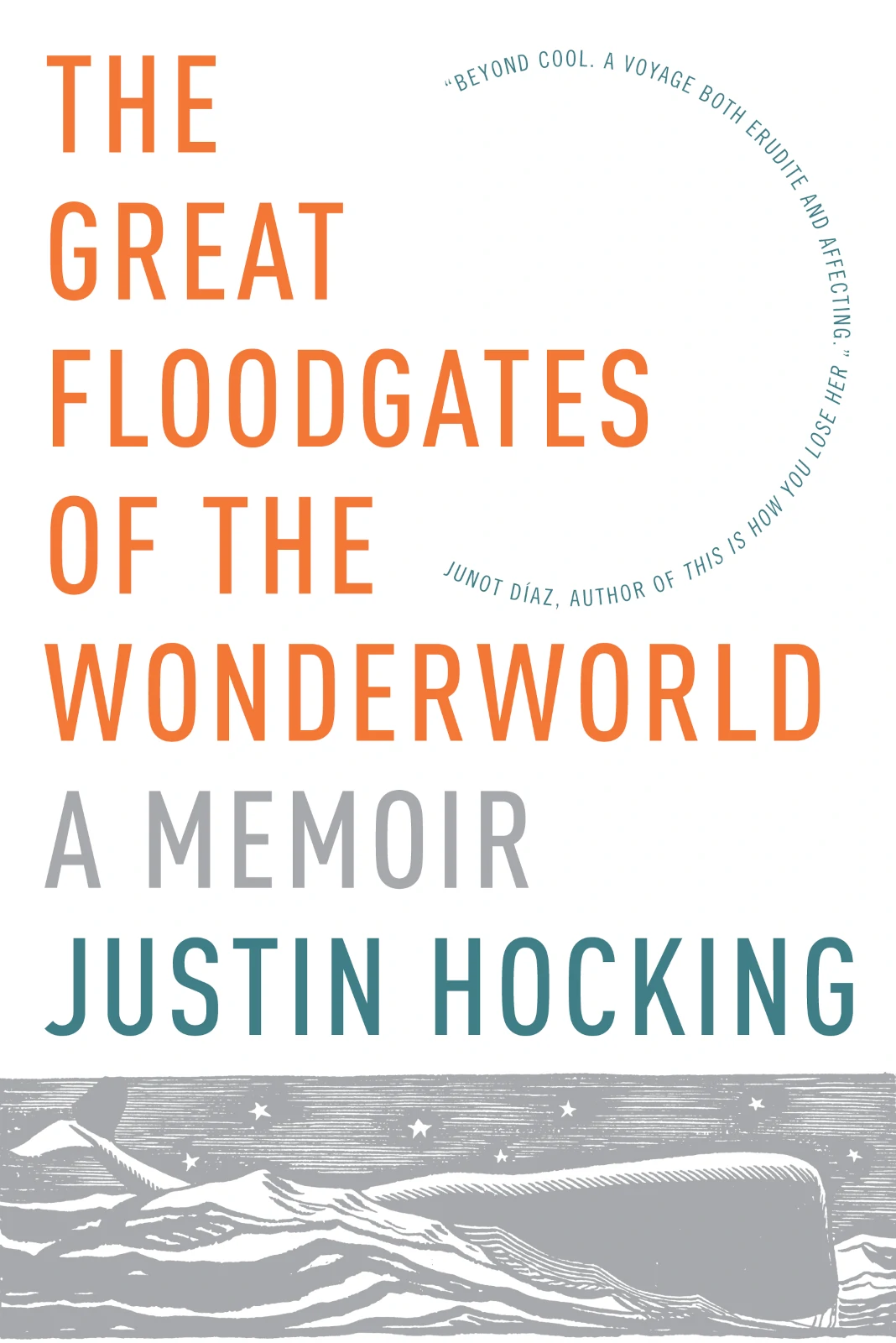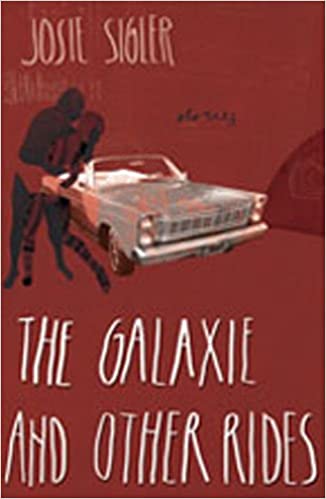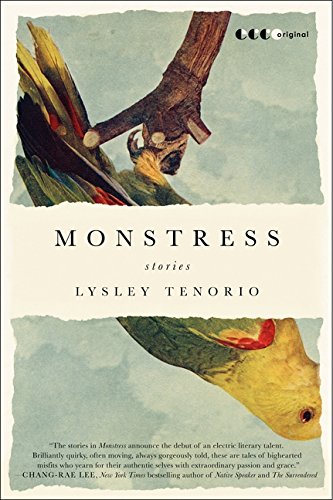
January Literary Horoscopes
Aries
The Ram / Courageous, Adventurous, Independent / Domineering, Selfish, Arrogant
Congrats, you made it to the New Year! I wasn’t sure if you would still be in one piece (I kid, I kid). According to these tea leaves, the 2020s will be your best decade yet. Start it with a bang and make some big changes in your life. No need for olive branches in January—instead, put that courageous spirit to good use.
But first, read this excellent story pic:
- A Bird that Hums, by Alec Prevett
- Teaser: “Morbid
curiosity is what compels you to take the body. Such a quick and fleeting
thing; how many can say they’ve held one in their palm, known the stillness of
something which never seems to be still?”
Taurus
The Bull / Loyal, Friendly, Resourceful / Self-Indulgent, Possessive, Greedy
You had your fun in December, but now, it’s time to cut the holiday chord and get back to business. Try your hand at some much needed reflection. Focus on your goals for the New Year; i.e., stop avoiding those pesky family obligations.
And check out this story set when you’re definitely not procrastinating.
- After
Dinner / Girls in the Woods, by Jacqueline Doyle
- Teaser: “When the
battered maroon pickup slows and the pale-eyed man with the red baseball cap
leans out the passenger window and calls, Want a lift, ladies? they laugh and
shake their heads. No, better not. They hurry on, giggling.”
Gemini
The Twins / Intelligent, Adaptable, Creative / Moody, Opportunistic, Inconsistent
It’s Jumpstart January, friend. This means you can ditch the drama from 2019 and start fresh. After all, your adaptable nature is perfect for reinvention. Climb out of that cocoon so you can leave your haters—er, I mean “friends”—in the dust of your success.
Start by reading this gorgeous story pick:
- The Fox Witch, by J. Motoki
- Teaser: “The old woman awoke in a bed of snow. She
lay on her side, curled like a centipede, with ice brushed over her kimono,
rough and thinning from long summers.”
Cancer
The Crab / Honest, Generous, Faithful / Insecure, Needy, Crabby
Since it’s officially the New Year, you’ll be in hyper-nesting-mode. Change is a bummer for most people. I know it tends to make you nervous, hence all the decorating and baking and cozying. Give in to your urges this month, but don’t let them consume you. Set up some friend dates and get some fresh air. Or, you know, breezy ocean air that is probably freezing. Whatever rocks your boat.
Emerge from your den for a truly stunning read.
- Blood Histories, by Tara
Stillions Whitehead
- Teaser: “When she was
fourteen years old, the girl’s anatomy teacher had told her that a woman’s
blood holds all of the trauma of the her past, of the past preceding her past.
Really, of all time.”
Leo
The Lion / Cheery, Noble, Imaginative / Demanding, Boastful, Melodramatic
They say ever-balanced Libras can be great partners for lions like yourself. This month, take the opportunity to declare some romantic intentions. Knowing you, the whole affair will be ritzy—like the cracker—and just a tad extravagant. Be true to yourself, but maybe don’t spring for that couple’s sky diving date.
This story pick can give you a similar rush without the plummeting to the ground part. Just saying.
- The Girl Who Could
Float,
by Pete Stevens
- Teaser: “When Jonathan first witnessed his wife
float, tiny bullets of sweat popped out across his forehead, under his arms.
She’d sat him down on the sofa, told him to open his eyes and shut his mouth.”
Virgo
The Maiden / Practical, Diligent, Kind / Obsessive, Self-Righteous, Compulsive
Man, you’re killing it, Virgo! Winter looks like it’s shaping up to be a stellar time for you. The stars were aligned in your favor last month, and January seems to be continuing the trend. Having said that, there might be a pinch of negativity toward the end of the month (come on, don’t groan). Stay true to the course and be your kind, diligent self.
Oh, and indulge with this beautifully written story.
- Seedling,
by Erin Calabria
- Teaser:
“Each of us will carry the seeds. They
say we will know when to plant them. They say we must keep them safe. My sister
never wanted to be safe. She wanted to know things. It must have been
unbearable not knowing what the seeds were for, because one day she swallowed
hers one by one.”

Libra
The Scales / Compassionate, Trustworthy, Peacemaker / Disorganized, Materialistic, Indecisive
Some butter-side down days will hit in the New Year. Bad news aside, you only need to put in 50% effort to turn that frown upside down (sorry, dad humor again). Spend some extra time with loved ones to make up for it. And treat yourself to a little TLC around the end of the month.
My recommendation? Read this lovely story pick:
- The
Hunter Speaks His Name, by Dmitri Christopher
Teaser: “His true name lies buried in a sunken coast, washed from the lips of she who last spoke it. The one that raised him, lost to the storm rains on his fifteenth year. He never speaks her name, nor his own. He does not ask the names of others.”
Scorpio
The Scorpion / Purposeful, Charismatic, Cunning / Aggressive, Manipulative, Possessive
In January, you’ll want to float into the sky. Honestly, the holidays can have that effect on the best of us. Keep your feet on the ground with some tough love and good ol’ fashioned discipline. You tend to shine in autumn, but you can dazzle in winter, too.
When you need a break, here’s a monthly story pick that’s just for you:
- A Gentler Sky, by Amelia Sirina
- Teaser:
“In the stories Grandfather told, the
rain-makers always turned into mist before the last drop of the drums and right
after the first drop of water onto the thirsty earth.”
Sagittarius
The Archer / Straightforward, Optimistic, Adventurous / Careless, Impatient, Hotheaded
Let’s be honest: December was rad. The bee’s knees. The best thing since sliced bread. You gave in to your wild urges and outran everyone else—talk about feeling accomplished! This month, though, you’ll be coming down from that sugar high. In fact, indecision may visit you in kind of a debilitating way.
Combat flavorless January by stocking up on good tea, cozy socks, and fabulous stories. Speaking of…
- She’s
Been Living in the Attic for Who Knows How Long, by Steve Chang
- Teaser:
“And there’s a hole through the puffy
insulation below—at her feet!—through which she looks down into the home, at
her family, and how it’s changing. The sweet-smelling baby is a boy, a teen,
and a man. Her husband is old now, his muttering a mystery.”
Capricorn
The Mountain Sea-Goat / Traditional, Responsible, Ambitious / Unforgiving, Blunt, Pessimistic
I probably don’t need to tell you this, you responsible stick-in-the-mud—just kidding!—but January is your month to shine. You’re going to feel on top of the world for the next 31ish days. So, put that ambitious nature to use, and don’t hesitate to go after what you want. You’ve earned it, kiddo.
You have also earned this utterly fantastic read:
- The
Astronaut’s Wife Considers Perspective, by Cathy Ulrich
- Teaser:
“The astronaut’s wife knows that she is
actually in space, too. Knows that the stars are always there, masked by blue
sky. Knows that the sun is a star, that the stars are suns. That there are
other planets like this one, and thus other astronauts and other waiting wives.”
Aquarius
The Water-Bearer / Intellectual, Open-Minded, Outgoing / Unpredictable, Self-Conscious, Chaotic
It’s time to work it, Aquarius! If there’s something extra you’ve wanted to take on, this is the time to play your hand. You’ll be hit by a confidence boost in the New Year, which will hopefully inspire you to smack down any insecurities.
Let’s cap this snow-dusted month with a mesmerizing read:
- The Sugar
that Comes from Funerals, by Avra
Margariti
- Teaser: “Most summer afternoons,
after lunch and before coffee, when the salt from the sea bakes our sun-tanned
bodies, we eat the food of funerals. Wheat grains, powdered sugar, golden
raisins, walnuts, sesame, fresh parsley.”
Pisces
The Fish / Charitable, Intuitive, Artistic / Timid, Impractical, Indolent
Start the new decade with a bang. December was a bit wishy-washy for you, but January will be a full-steam-ahead kind of month. Break out your New Year’s resolutions and embrace 2020 like it’s going out of style. Change is ahead, my friends. Don’t freak out—that’s a good thing.
Be sure to spend some time in the sun with your reflective story pick.
- Eternal Sunshine, by Tom McMillan
- Teaser:
“It occurred to me for the first time
that good marriages can fail and bad marriages last, and that even if there was
no rewinding time they must have had something great, something binding, to
shine their eyes a decade later, and as I drove home and cracked a cold beer, I
wished that I loved someone that much.”
